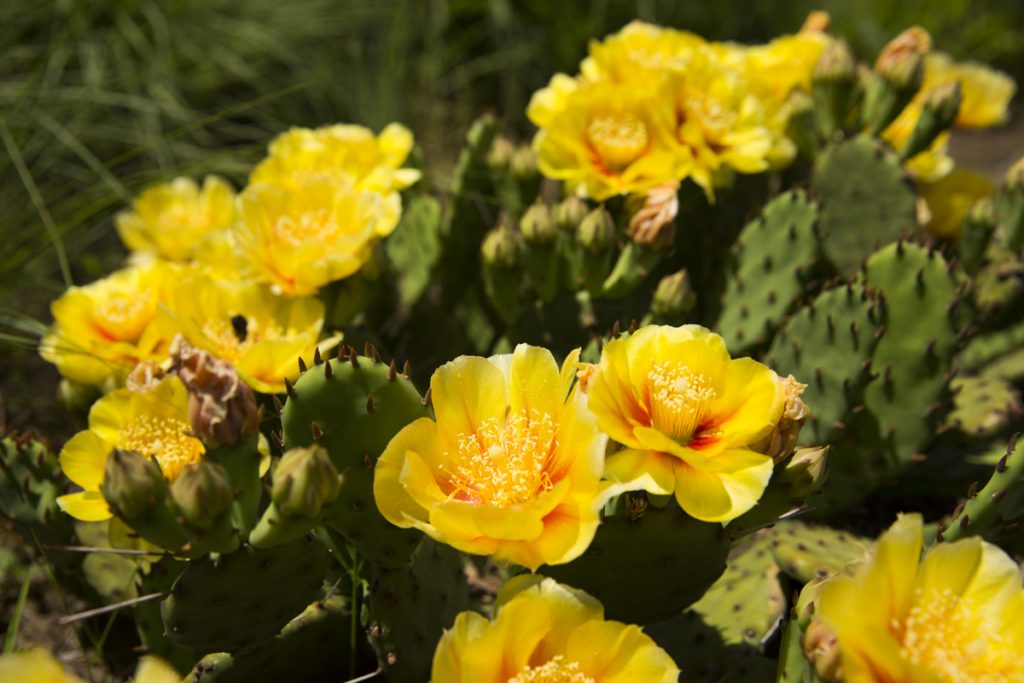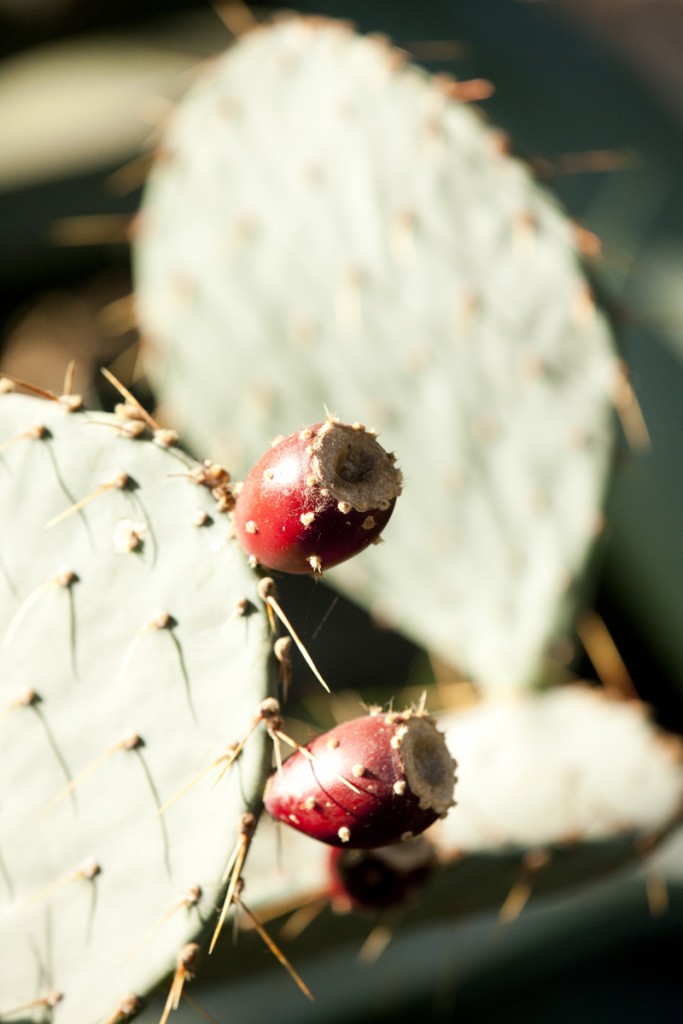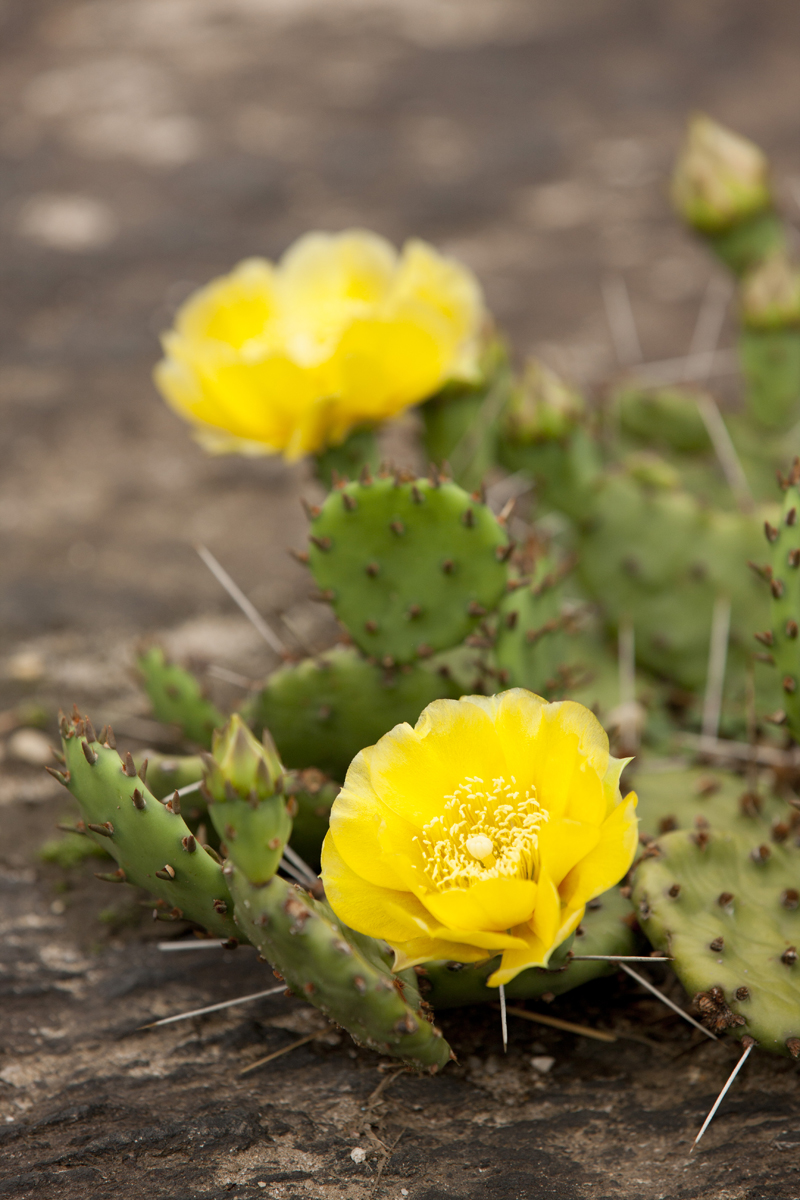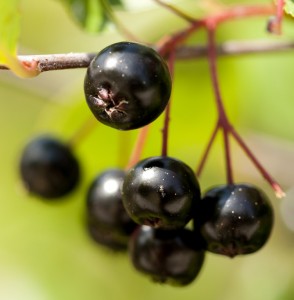Morning Eye Candy: Pretty if Prickly
Posted in Photography on June 23 2016, by Matt Newman

Eastern prickly-pear (Opuntia humifusa) in the Native Plant Garden – Photo by Ivo M. Vermeulen

Inside The New York Botanical Garden
Posted in Photography on June 23 2016, by Matt Newman

Eastern prickly-pear (Opuntia humifusa) in the Native Plant Garden – Photo by Ivo M. Vermeulen
Posted in Photography on January 4 2016, by Matt Newman

Brown-spined prickly pear (Opuntia phaecantha) in the Haupt Conservatory – Photo by Ivo M. Vermeulen
Posted in Horticulture on December 8 2014, by Christian Primeau
Christian Primeau is the NYBG‘s Manager of the Enid A. Haupt Conservatory.

Winter is suddenly upon us and, as the temperatures plummet and the city braces for the inevitable snow and ice, many will find their way to the garden’s iconic Enid A. Haupt Conservatory to decompress, take a leisurely stroll among the lush, tropical foliage, and escape the bitter cold. Some, perhaps inspired by the lowland rain forest houses or the desert displays, will jet off to warmer climes. While I freely admit that I already work in paradise, it’s nice to get out and see some of my plants in habitat now and again.
I recently took an exploratory trip through the Sonoran desert of Mexico and into Arizona. By design I made no specific plans and, like a slightly less profane version of Anthony Bourdain, I had “No Reservations.” From the dusty desert proper through the dense Chaparral shrubland and semi-arid grasslands of Arizona, much of the area ranges in temperature from broiling hot to bone-chilling, depending on month and time of day. Here it was late October and still scorching with nary a cloud in the sky to provide respite.
The landscape is truly as beautiful as it is unforgiving, and the same may be said of the plant life. My arms and legs looked as if they’d been shredded by a tidal wave of furious cats; such were the hazards of botanizing in a region so thick with spiny inhabitants. I would later discover the name for a cowboy’s protective “chaps” was actually derived from the word “Chaparral”—an arid and prickly biome on the Sonoran desert’s northern border. One quickly discovers the Chaparral functions quite efficiently as human sandpaper.
Posted in Photography on June 15 2014, by Matt Newman
Happy Father’s Day! Here’s to all the dads out there that—even if they’re a bit prickly—will always have a heart of gold. We’ll be chilling on Daffodil Hill for the Big Backyard BBQ all afternoon, so feel free to join us if you’re in the mood for good food, beer, and music.

Prickly pear (Opuntia humifusa) in the Native Plant Garden – Photo by Ivo M. Vermeulen
Posted in Gardening Tips on April 29 2014, by Sonia Uyterhoeven
Sonia Uyterhoeven is the NYBG’s Gardener for Public Education.

When I feel like going on a culinary adventure, I’ll often travel to the Polish markets in Brooklyn’s Greenpoint. It’s one of the few places that I can find one of my favorite items, a drink or syrup made from chokeberries (Aronia melanocarpa). You simply dilute the syrup with mineral water to create a refreshing beverage with a robust berry flavor reminiscent of black currants—minus the bitter edge.
European markets tend to offer a wealth of products like this, many of them made from herbs and berries that you won’t often find in the mainstream North American marketplace. They herald back to a time when people lived off the land and were more intimately connected with their natural environment.
We often assess native plants in terms of their ornamental value, but rarely view them in terms of their culinary value, even though there is a long and colorful history of foraging and using native species in our kitchens. For the most part, these traditions have since been isolated to local communities and small groups of enthusiasts.
Posted in Photography on April 5 2014, by Matt Newman
Prickly pear (Opuntia phaecantha) in the Enid A. Haupt Conservatory – Photo by Ivo M. Vermeulen